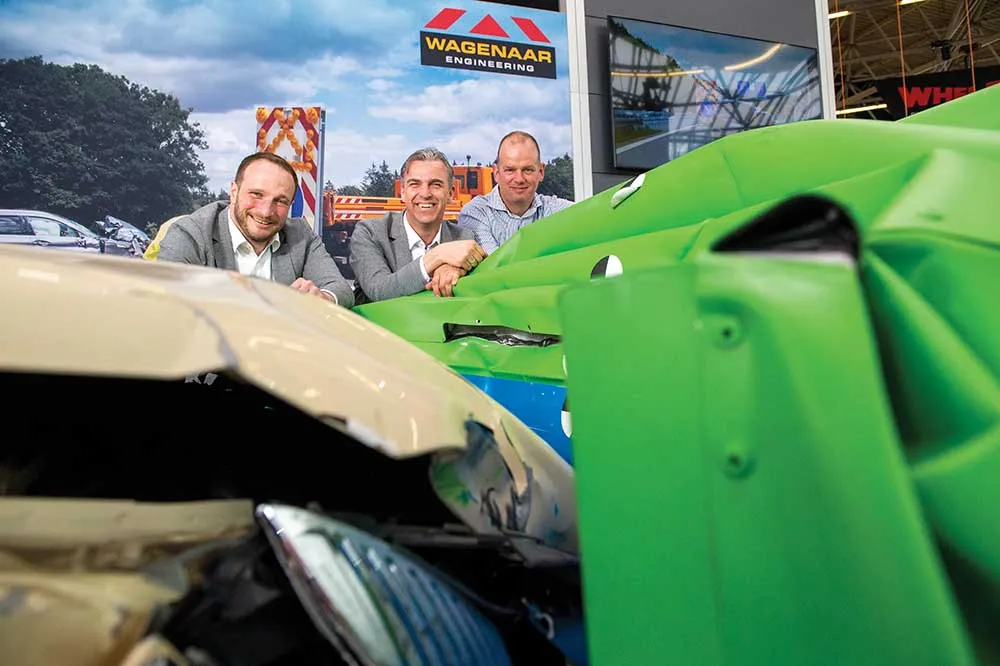Researchers at the Fraunhofer Institute for Environmental, Safety and Energy Technology UMSICHT in Oberhausen, Germany, have developed CryoSolplus, an innovative new coolant that conducts heat away from an electric vehicle battery much more effectively than water, keeping the battery temperature within an acceptable range even in extreme driving situations.
August 15, 2012
Read time: 2 mins
Researchers at the 933 Fraunhofer Institute for Environmental, Safety and Energy Technology UMSICHT in Oberhausen, Germany, have developed CryoSolplus, an innovative new coolant that conducts heat away from an electric vehicle battery much more effectively than water, keeping the battery temperature within an acceptable range even in extreme driving situations.
A battery’s ‘comfort zone’ lies between 20°C and 35°C. As the Fraunhofer researchers points out, even a Sunday drive in the midday heat of summer can push a battery’s temperature well beyond that range. The damage caused can be serious and expensive: operating a battery, which can cost as much as half the price of the entire vehicle, at a temperature of 45°C instead of 35°C halves its service life.
CryoSolplus is a dispersion that mixes water and paraffin along with stabilising tensides and a dash of the anti-freeze agent glycol. The advantage is that CryoSolplus can absorb three times as much heat as water, and functions better as a buffer in extreme situations such as trips on the freeway at the height of summer.
This means that the holding tank for the coolant can be much smaller than those of watercooling systems – saving both weight and space. In addition, the researchers say that CryoSolplus is good at conducting away heat, moving it very quickly from the battery cells into the coolant. Moreoever, the new cooling system is only marginally more expensive than water cooling.
A battery’s ‘comfort zone’ lies between 20°C and 35°C. As the Fraunhofer researchers points out, even a Sunday drive in the midday heat of summer can push a battery’s temperature well beyond that range. The damage caused can be serious and expensive: operating a battery, which can cost as much as half the price of the entire vehicle, at a temperature of 45°C instead of 35°C halves its service life.
CryoSolplus is a dispersion that mixes water and paraffin along with stabilising tensides and a dash of the anti-freeze agent glycol. The advantage is that CryoSolplus can absorb three times as much heat as water, and functions better as a buffer in extreme situations such as trips on the freeway at the height of summer.
This means that the holding tank for the coolant can be much smaller than those of watercooling systems – saving both weight and space. In addition, the researchers say that CryoSolplus is good at conducting away heat, moving it very quickly from the battery cells into the coolant. Moreoever, the new cooling system is only marginally more expensive than water cooling.










